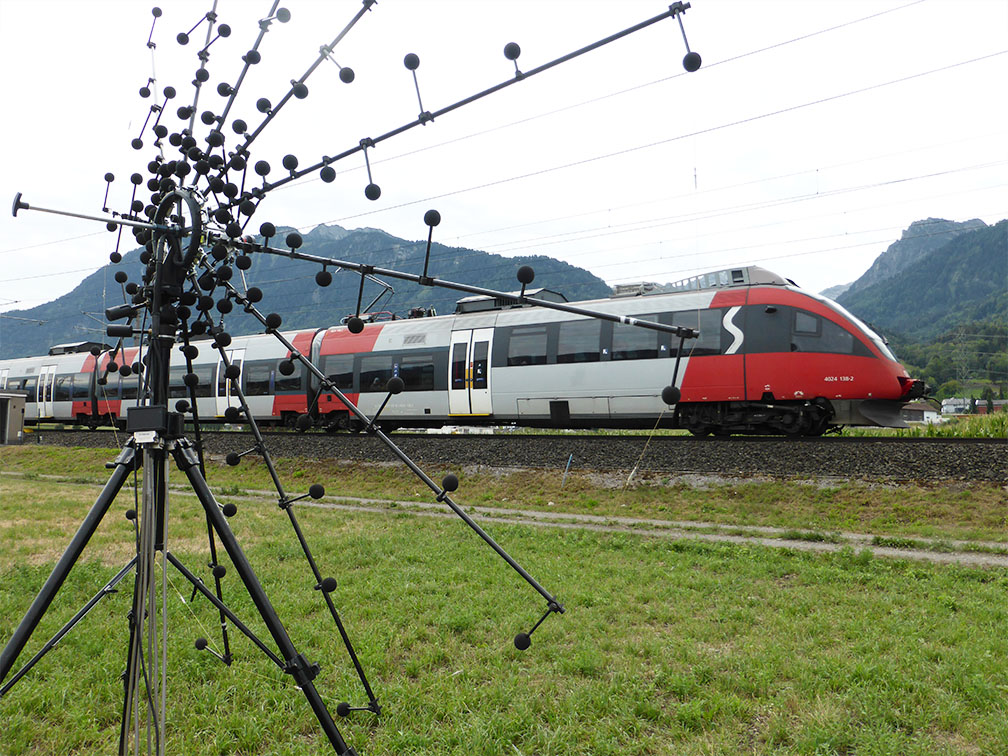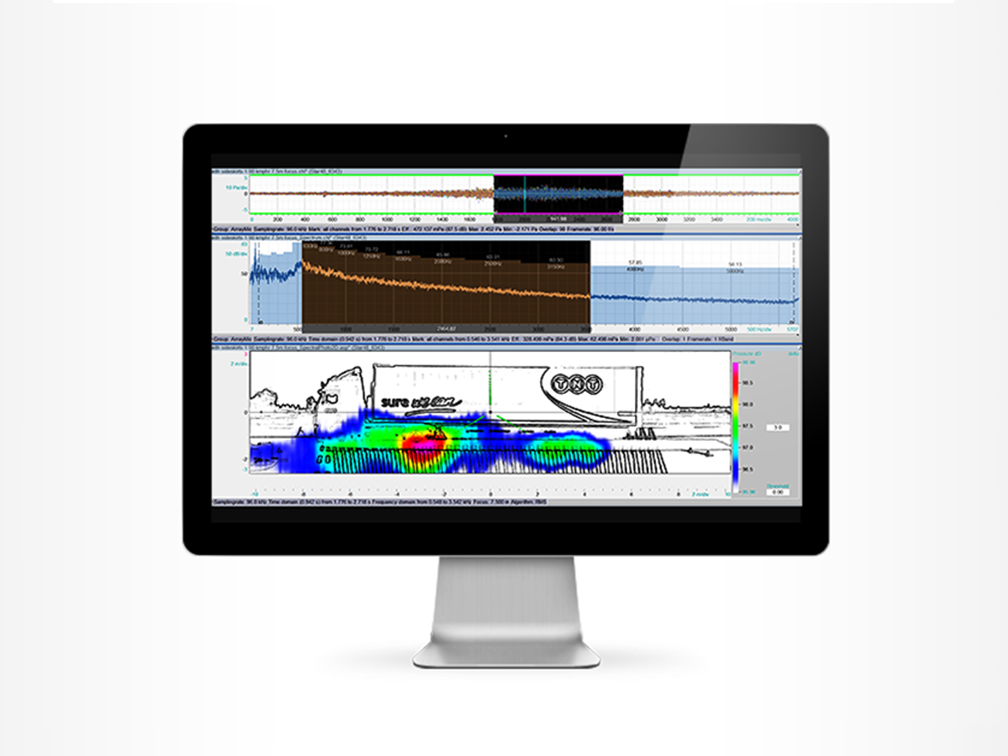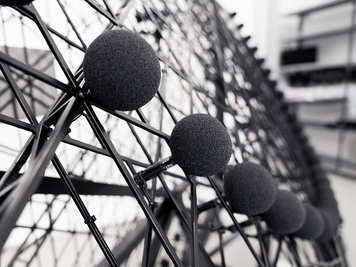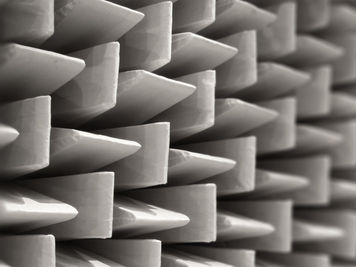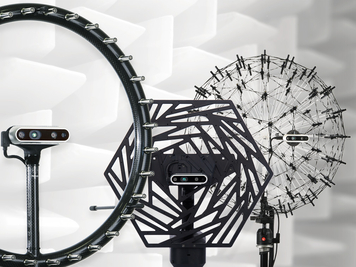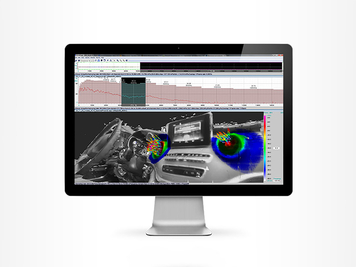The delay-and-sum beamforming technique used in the PassBy module is widely used to analyze and localize sound sources, including those generated by fast-moving objects. When applied to fast-moving objects such as trains, the delay-and-sum beamforming algorithm adjusts the time delay and amplitude of the signals received by each microphone in the array. Dynamic sound sources can thus be effectively tracked and localized.
In the case of fast-moving objects such as a passing train, the sound signals picked up by the microphones exhibit frequency changes due to the Doppler effect. The Doppler effect occurs when the source of a sound signal passes a fixed position of the observer and the measurement tool, causing a change in the perceived frequency.
To account for this, the delay-and-sum beamforming algorithm takes into account the speed and direction of the moving object, such as a train, and adjusts the time delay and amplitude of the microphone signals accordingly. By taking into account the Doppler effect and compensating for the frequency shifts caused by the moving train, the algorithm can provide accurate measurements of the actual sound characteristics of the passing train.

